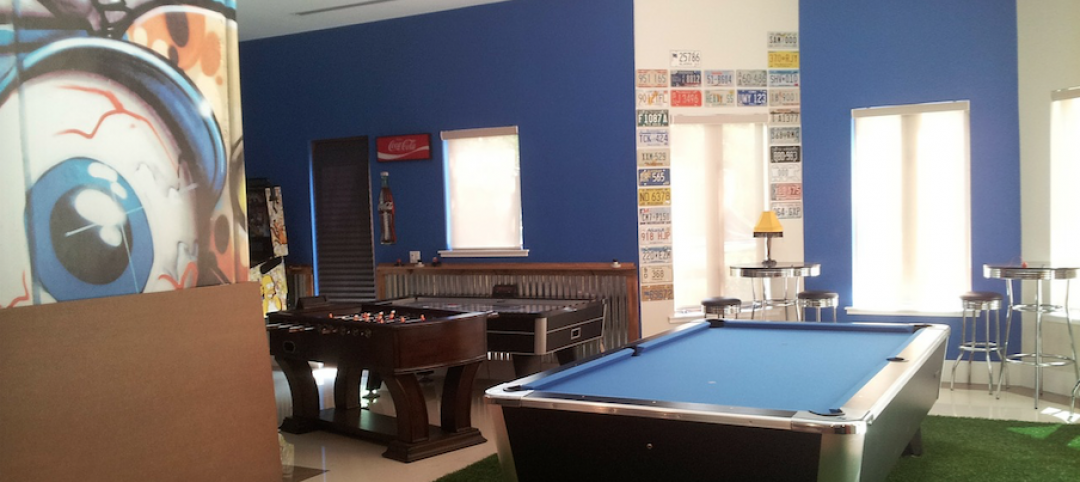A new study backs up the notion that classroom design has a significant impact on the academic performance of primary school children.
Researchers at the University of Salford in the U.K., and architects, Nightingale Associates, found that the classroom environment can affect a child’s academic progress by as much as 25% in a year. The year-long study took place in seven Blackpool, England primary schools in 34 classrooms. The rooms had differing learning environments and several age groups were represented.
Data from 751 pupils included performance level in math, reading, and writing at the start and end of an academic year. Researchers also studied the holistic classroom environment including classroom orientation, natural light and noise, temperature, and air quality. Other factors included flexibility of space, storage facilities and organization, and use of color.
Researchers said the findings suggest that placing an average pupil in the least effective, rather than the most effective classroom environment could affect their learning progress by as much as the average improvement across one year. The study will continue for another 18 months and cover another 20 schools in different areas of the U.K.
Related Stories
Multifamily Housing | Sep 5, 2017
Free WiFi, meeting rooms most popular business services amenities in multifamily developments
Complimentary, building-wide WiFi is more or less a given for marketing purposes in the multifamily arena.
Market Data | Sep 5, 2017
Nonresidential construction declines again, public and private sector down in July
Weakness in spending was widespread.
Market Data | Aug 29, 2017
Hidden opportunities emerge from construction industry challenges
JLL’s latest construction report shows stability ahead with tech and innovation leading the way.
Architects | Aug 21, 2017
AIA: Architectural salaries exceed gains in the broader economy
AIA’s latest compensation report finds average compensation for staff positions up 2.8% from early 2015.
Market Data | Aug 17, 2017
Marcum Commercial Construction Index reports second quarter spending increase in commercial and office construction
Spending in all 12 of the remaining nonresidential construction subsectors retreated on both an annualized and monthly basis.
Industry Research | Aug 11, 2017
NCARB releases latest data on architectural education, licensure, and diversity
On average, becoming an architect takes 12.5 years—from the time a student enrolls in school to the moment they receive a license.
Market Data | Aug 4, 2017
U.S. grand total construction starts growth projection revised slightly downward
ConstructConnect’s quarterly report shows courthouses and sports stadiums to end 2017 with a flourish.
Market Data | Aug 2, 2017
Nonresidential Construction Spending falls in June, driven by public sector
June’s weak construction spending report can be largely attributed to the public sector.
Market Data | Jul 31, 2017
U.S. economic growth accelerates in second quarter; Nonresidential fixed investment maintains momentum
Nonresidential fixed investment, a category of GDP embodying nonresidential construction activity, expanded at a 5.2% seasonally adjusted annual rate.
Multifamily Housing | Jul 27, 2017
Game rooms and game simulators popular amenities in multifamily developments
The number of developments providing space for physical therapy was somewhat surprising, according to a new survey.
















